The safety and efficiency of solar energy systems begin with accurate and detailed electrical measurements and tests. At MapperX, we perform comprehensive electrical inspections and tests in accordance with IEC 62446-1 standards to ensure your system consistently delivers maximum performance while meeting safety requirements. We provide all necessary testing and control procedures with our accredited and certified professional teams, ensuring your systems operate safely and reliably.
In Solar Power Plants
Electrical Measurements and Tests
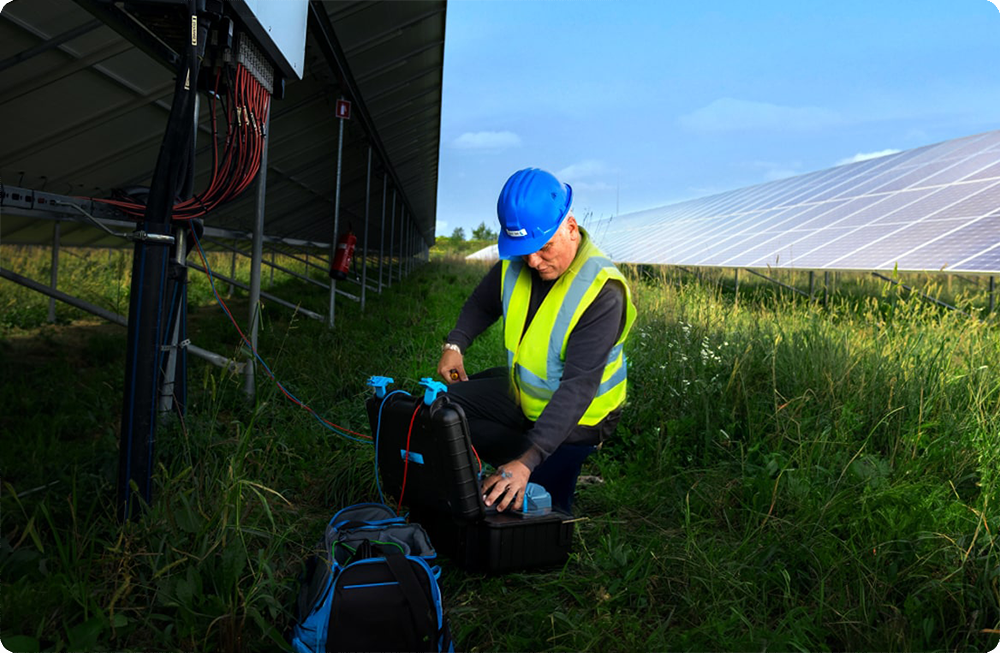
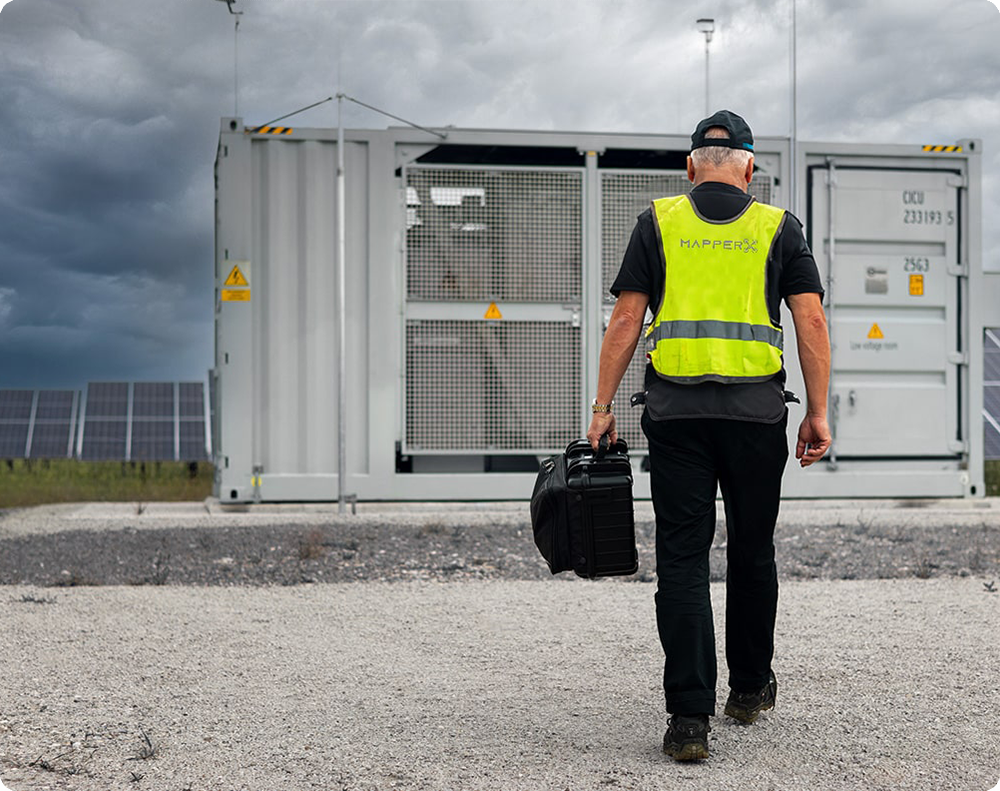
Why Electrical Tests Should Be Performed
Electrical tests are of critical importance for the long-term health and operational safety of photovoltaic (PV) systems. These tests identify potential risks at an early stage, preventing major technical failures and serious accidents, thereby increasing overall system reliability. They also reduce serious safety hazards such as fire, optimize system efficiency, and maximize return on investment.
- Fire Safety: Electrical connection errors can significantly increase the risk of fire, especially in PV systems operating at high power levels. Regular electrical tests detect such connection faults and minimize fire hazards.
- Maintaining System Performance: Electrical tests verify that system components are functioning correctly and efficiently, preventing energy production losses and ensuring optimal system performance.
- Cost Savings: Faults detected early typically require less costly repairs. Unexpected failures and replacements of system components can lead to high maintenance costs. Electrical tests prevent such situations, ensuring long-term savings.
Advantages of PV Electrical Measurements and Tests
Regularly performed electrical measurements and tests provide numerous advantages for PV systems:
- Maximum Performance: Faulty or underperforming panels are detected, improving overall system efficiency.
- Longer Lifespan: Electrical tests allow monitoring of component degradation, enabling early intervention and extending system life.
- Regulatory Compliance: Ensures adherence to national and international standards, fulfilling legal requirements.
- Cost Efficiency: Early fault detection prevents major failures, reducing expensive repair needs.
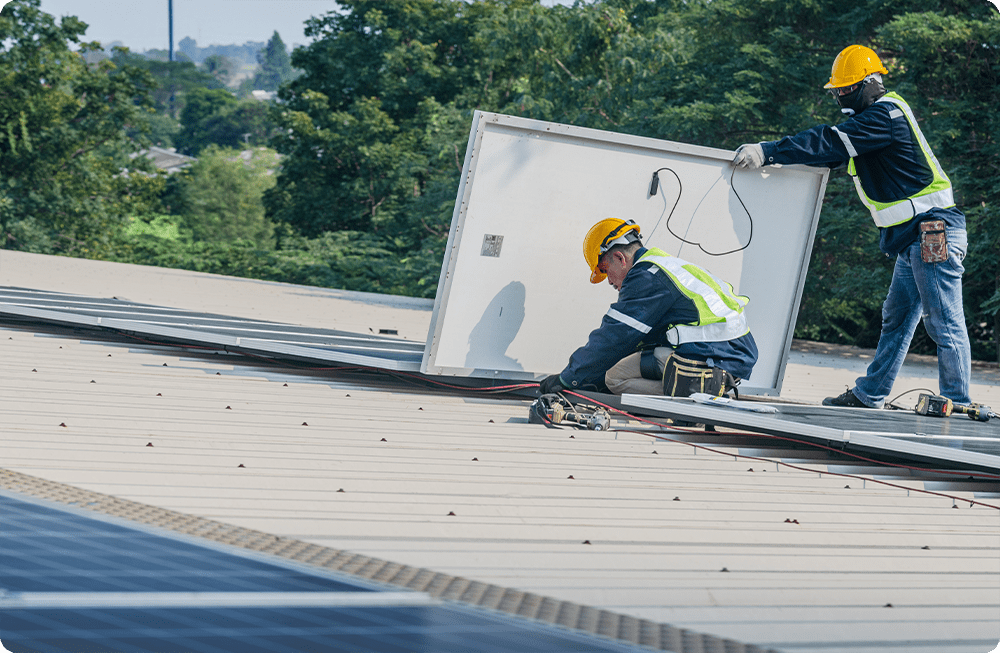
IEC-Compliant Electrical and Thermographic Tests
Maximizing the performance and safety of solar power systems requires more than quality equipment and professional installation; it also involves regular, detailed testing and reporting. At MapperX, we conduct electrical tests in full compliance with IEC 62446-1 standards and deliver comprehensive reports to ensure your system operates at peak performance at all times.
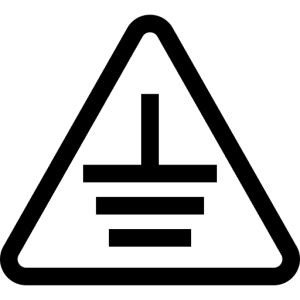
Ground Continuity Test

Polarity Test

PV String Combiner Box Test

Open Circuit Voltage Test (Voc)

Current Test (Short Circuit)

Functional Tests

Insulation Resistance Test
Quick Request Form
Start the Demo Now
Instantly explore a real solar power plant inspection, freely navigate within the platform, and discover our innovative features such as AI-powered analysis, autonomous reporting, and panel-based anomaly detection.
Frequently Asked Questions
1. What is thermographic inspection in solar power plants?
Thermographic inspection is a technique used to detect the temperatures of equipment in solar power plants. This inspection allows for early detection of potential faults and preventive maintenance.
2. Why is thermographic inspection important?
Thermographic inspection helps improve the efficiency of equipment in solar power plants. Early detection of faults and preventive maintenance can reduce operating costs.
3. How is thermographic inspection performed?
Thermographic inspection is performed using thermal cameras. The cameras detect the temperatures of the equipment, and this data is processed and reported by MapperX.
4. Does thermographic inspection damage the site?
Thermographic inspection is a non-destructive process and is applied without making any physical changes to your plant. It does not damage your site and helps maintain the safe operation of your plant.
5. Why is a thermal camera important?
Thermal cameras are used to accurately detect the temperatures of equipment in solar power plants. These cameras help with early detection of faults and preventive maintenance.
6. How is thermographic inspection reported?
Thermographic inspection data is processed by our software, and a comprehensive report is created. These reports are used to improve the efficiency of solar power plants and reduce operational costs.
The MapperX Help Center is a comprehensive documentation resource designed to make the MapperX platform easier to use and increase efficiency. It allows users to access the information they need quickly and effectively.
Follow the steps of region selection, route creation and data collection for the drone flight planning process on the MapperX platform. If you encounter any problems, you can contact our technical support team.
Blog
You can find articles about the latest technology news, sectoral developments and global energy trends regarding solar energy systems.
Get solar energy tips and information about the future of solar systems from our industry experts.
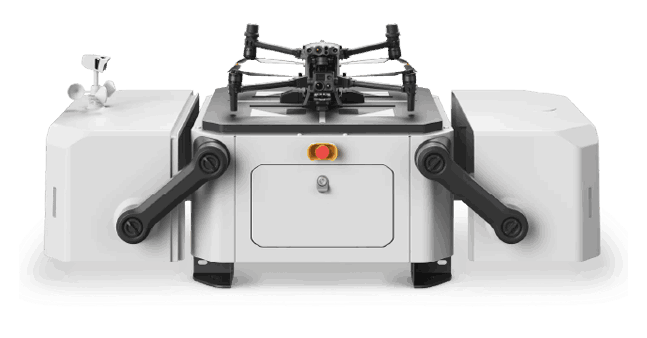
Drone Pilot Network
Get quotes from MapperX approved pilots and expand your operations globally.
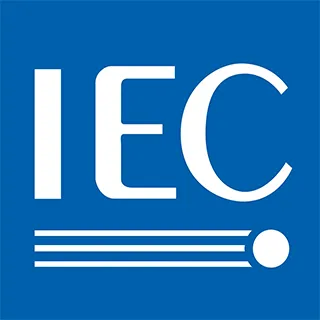

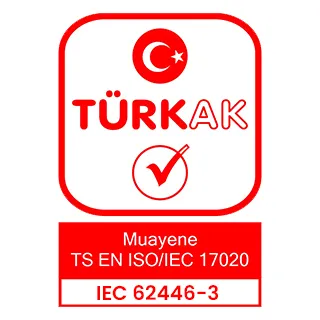
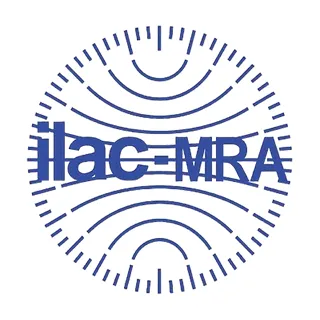
With our AI-powered software MapperX, we have automated thermographic inspection processes. Accredited under IEC 62446-3 as a Type A inspection body, our organization represents a first in the sector with this distinction.
![]()
MapperX is an AI-driven analysis and reporting software that enhances the efficiency of solar power plants while reducing carbon emissions. By digitalizing maintenance and repair processes, it increases operational efficiency, minimizes financial losses, and prevents fire risks.
Analysis, Management and Reporting Platform in Solar Power Plants.
© MapperX - All Rights Reserved.



